Car Buying Guide - Understanding Depreciation, Inflation And Their Relation - V3Cars
If you think the car’s purchase price, fuel and maintenance are the most expensive parts of car ownership, then I hope this article helps you widen your financial horizon. Inflation and depreciation are the two hidden costs that silently take money out of your pocket. You’ll probably never realise how much damage depreciation and inflation have caused until you do some serious math. So, let’s get to it and start with depreciation.

Depreciation
Pretty much every tangible product you buy is going to lose its value over time. It’s true for your precious iPhone, a piece of furniture and certainly for the brand new car or 2-wheeler you buy. Over time, it loses its value even if you never use it and keep it in pristine condition.
Note: Instantly Sell Your Old Car With V3Cars Sell Used Car Platform
The iPhone Analogy
Let’s say you bought a brand new iPhone for Rs. 1.0 lakh, opened the package and didn’t like the phone. Now, if you want to sell it off, would you expect someone to pay you the full value for the device? Would you pay someone full price for an unboxed iPhone when you can buy a new, sealed example from the store? Obviously not. Buying directly from the store guarantees the buyer that they got an original product, untampered and with greater peace of mind.
To encash the unpacked iPhone, you’ll have to sell it for a significantly lower price for people to even consider it. After a year of use, you may be able to sell it for around Rs. 70,000. Keep it for another year or so, and you may still be able to sell it for Rs. 50,000. After 3 years of use, it may still sell for Rs. 40,000. Even at the end of its life, the phone may still hold some value because it can donate parts to help other older phones chug along a little while longer.
To sum it up, all* things depreciate fastest when they are new. Over time, the year-over-year rate of depreciation slows down, and the asset tends to hold some value regardless of its age. You must have heard of people who bought a used Maruti 800 for Rs. 25,000 and sold it for about the same price after using it for 1 - 2 years. Some people even ended up making a small profit on a used car. The thing just can’t depreciate any further as salvaging the metal and parts alone could fetch you the intrinsic value of the product.
*not including assets like gold, real estate, a rare collectable item, etc.
Depreciation Works In Percentage
The depreciation curve makes all new things lose a lot of their value during the initial period. So, the longer you hold on to the car, the lesser is the overall impact you suffer from depreciation. Even if the rate of depreciation remains constant at, say, 10%, the absolute depreciation slows down over time. This is because the 10% depreciation is calculated based on the residual value of the car in the previous year.
In the example above, the product, which is worth Rs. 10 lakh when it’s new, loses Rs. 1.0 lakh of its value in the first year alone. However, the absolute loss of intrinsic value per year gradually slows down to a negligible Rs. 37,000 or so in the 10th year of ownership. The total depreciation figure for the 10-year period stands at almost Rs. 6.7 lakh or 67% of the initial value. Therefore, we recommend you use your car for as long as possible before selling it off.
Depreciation Impact On Different Cars
A car typically loses about 10% of its value as soon as you drive it off the dealership. Some expensive cars lose up to 20% of their value on the date of purchase alone. Then expect it to lose another 5 - 7% so in the first year of ownership. The second year is slightly easier, and the car loses about 10% or so in another. The car will lose most of its value during the first 5 years of ownership and depreciate a lot slower from there.
In terms of percentage, the depreciation is about the same for most mass-market cars. Luxury and sports cars have a higher rate of depreciation. So, in terms of absolute figures, the more expensive the car, the more value it’ll lose. That’s why a 5-year old Mercedes C-Class in perfectly good condition will sell for more than Rs. 10 lakh less than what the first owner paid for it, while an equally old Alto 800 will only lose about Rs. 50,000 of its value.
Inflation
Now let’s talk about inflation. It typically hovers around 5.0% per annum but shoots up or tanks occasionally for several months at a time. The government bank FD rates serve as a good indicator of the rate of inflation. They barely keep you above the prevailing inflation. So, if the FD is giving you 10% interest, then you can assume that the inflation is around 8%. If the public sector FDs are giving you 6 - 7% interest, then inflation is around 5 - 5.5% per annum.
The rate of inflation varies throughout the year, and it affects some sectors and product categories more than others. For example, during the 2010 - 2014 period, the reality prices were reaching for the skies but have stagnated or gone down since then. Meanwhile, the gold prices were climbing continuously between 2008 and 2013 and remained almost flat for a good while until late 2019. We saw a massive price hike in fuel prices between 2019 and 2022.
Inflation is part of the reason why the prices of new cars keep going higher. A new mid-spec WagonR cost Rs. 3.0 lakh (on-road) in Dec 2009, Today, a mid-spec WagonR VXI (O) 1.0L is well above Rs. 5.5 lakh. The Rs. 2.5 lakh price difference is not entirely because of inflation. Part of the price hike is also because of the improvements in the newer car like more features, better performance, improved fuel efficiency and better safety.
Relation Between Depreciation And Inflation
You now know very well that depreciation is bad for your car’s valuation. A higher inflation rate is also bad for you. It makes everything more expensive. However, it’s good for your car’s absolute valuation. If inflation goes up, the residual value of your car also goes up.
The Toyota Innova is a good example to show how inflation and depreciation mingle to limit absolute depreciation. People who bought the Innova back when it was first introduced in 2005 - 06 sold their cars in 2015 - 16 for about the same price they paid for it a decade ago. That’s even with 5,00,000km on the odometer. It’s worth noting that Innova’s high valuation isn’t entirely a game of inflation and depreciation. Toyota have worked hard to build and maintain a reputation for making reliable cars that are easy and cheap to maintain. Moreover, Toyota routinely increased the prices of their new cars to cash in on the ‘reliability’ image. This further helped the used Innovas retain their value as they appear cheaper compared to a new Innova.
Let’s understand depreciation with the help of examples.
Example 1 - 2017 Maruti Baleno Delta Petrol MT
The Delta variant of the 2017 Maruti Suzuki Baleno with petrol engine and manual transmission used to cost about Rs. 6.8 lakh, on-road. You could buy the car on Ola’s used car website for Rs. 4.8 lakh. The Rs. 2.0 lakh reduction in cost comes from an average rate of depreciation at 8.34% per annum for this car.
In the last 4 years, the prices of new cars have also gone up. So, the new Baleno Delta petrol MT costs Rs. 7.8 lakh today. Compared to a new Baleno Delta petrol manual, you’re saving 38.45% or Rs. 3.0 lakh by choosing the used model.
The used Baleno has already depreciated quite a bit. So, you’ll lose a lot less over the course of the next 5-6 year ownership compared to buying a new Baleno. Even if it asks for a few running repairs, they won’t cost you anywhere close to the savings you’re making with the used model.
*On-road prices are estimates for New Delhi
Example 2 - 2017 Maruti Alto 800 LXI Petrol MT
The second example is the 2017 Alto 800 LXI petrol manual. This car used to cost Rs. 3.55 lakh on-road in 2017. The used example is going for Rs. 3.0 lakh, which is Rs. 55,000 less than what the first owner paid for it. Not only is the Alto 800 an affordable car, but it’s also one of the top sellers. So, it holds its value quite well. This example depreciated at an average of just 4.12% every year.
The old car is also holding its value well because of the increase in the prices of a new Alto 800. With the used model, you’re still saving a solid sum of Rs. 1.25 lakh or about 29.4% compared to a new Alto 800 LXI.
Example 3 - 2015 Hyundai Creta SX (O) Diesel MT
We just saw how the Maruti cars seem to hold their value quite well. Now, let’s take the 2015 Hyundai Creta SX (O) diesel manual to see how other factors can also affect the depreciation. For a new Creta SX (O) diesel MT, the first owner must have paid about Rs. 16 lakh in 2015. The car is now going for Rs. 7.56 lakh with 6 years under its belt. It has suffered a depreciation of Rs. 8.44 lakh at an annual rate of 11.75%.
Hyundai Creta typically holds its value quite well. However, the 10-year ban on diesel cars in Delhi NCR has hit this model hard as it’s going for a lot less than it should. The growing demand for Creta in recent years has kept the prices of the new model on the rise. Still, the 10-year rule is keeping it undervalued. Compared to a new Creta SX (O) diesel manual, these prices are Rs. 11.79 lakh or about 61% lower.
Example 4 - 2017 Ford EcoSport Titanium Diesel MT
Here’s another example of a car that depreciated quite a bit but for different reasons. The 2017 Ford EcoSport Titanium diesel MT cost Rs. 11.1 lakh in 2017. Today, you can buy this used model for Rs. 6.33 lakh, which is Rs. 4.77 lakh lower than what the first owner paid for it.
Ford recently announced their exit from the Indian market. Ford’s used car valuations have suffered quite a blow after this announcement. Moreover, the EcoSport continued to see some crazy competition piling up in the sub-4m SUV space. This never left any room for Ford to increase the prices of the mini SUV. Its prices only went up by Rs. 30,000 in 4 years, which is peanuts for a 10-lakh-rupee+ car. When the sales of the new EcoSport halted, it was going for Rs. 11.4 lakh.
Another blow for the car comes from its diesel powertrain, which is starting to look less attractive for Delhi NCR car buyers. The EcoSport suffered triple blow:
-
Ford’s exit
-
10-year Diesel ban in Delhi
-
No significant price increase for the new model in the last 4 years
This used EcoSport is still saving you Rs. 5.19 lakh compared to a new one, which is no longer on sale, BTW. Among the examples I have chosen here, this one experienced the biggest annual depreciation rate of 13.1%.
Note: Please note that the links to used car models may not be functional if this car is sold out by the time you read this article. This is to demonstrate using real examples of how depreciation affects some cars more. The prices shown on the used car listing page are as of November 4, 2021, and they may be different when you visit the link.
Ola’s certified used car retail chain offers the following advantages:
-
Free 1-year warranty on all cars
-
7-day money-back guarantee
-
Doorstep test drive facility
-
Easy financing options from partner banks at a 12% interest rate for eligible customers
Stay tuned to V3Cars to learn more about how Opportunity Cost and Compounding widen your losses when you buy a new car.



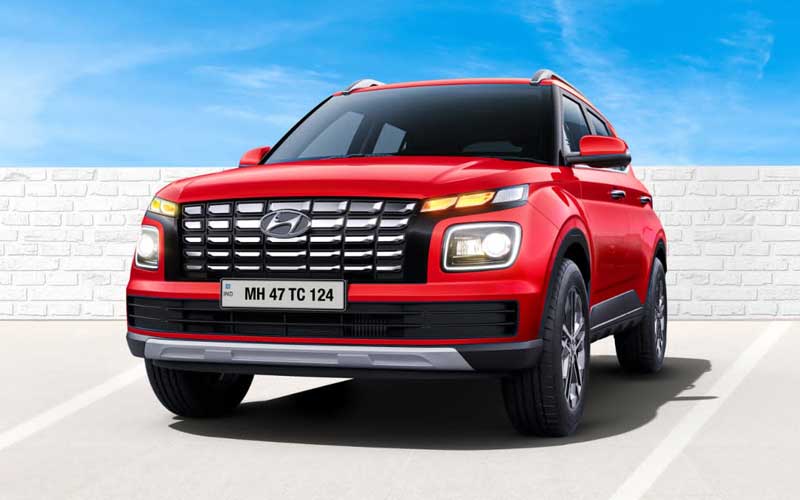
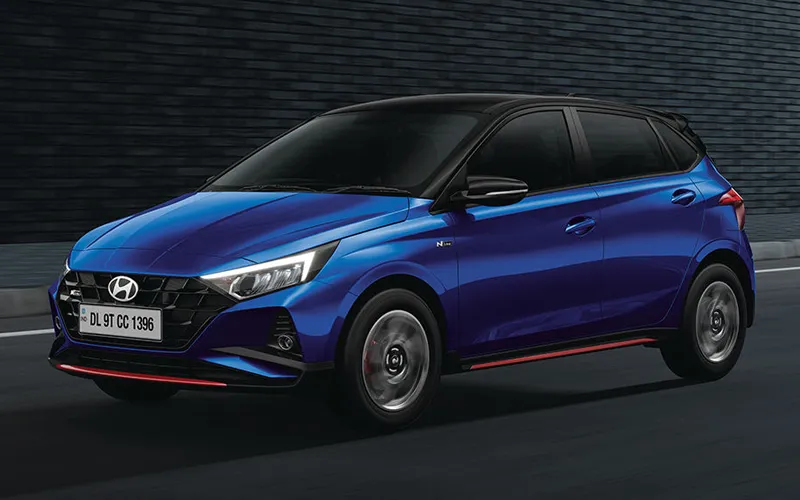
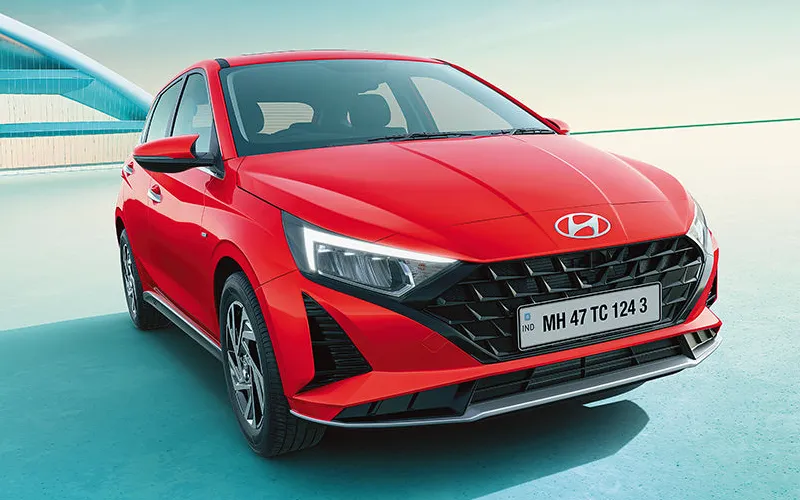
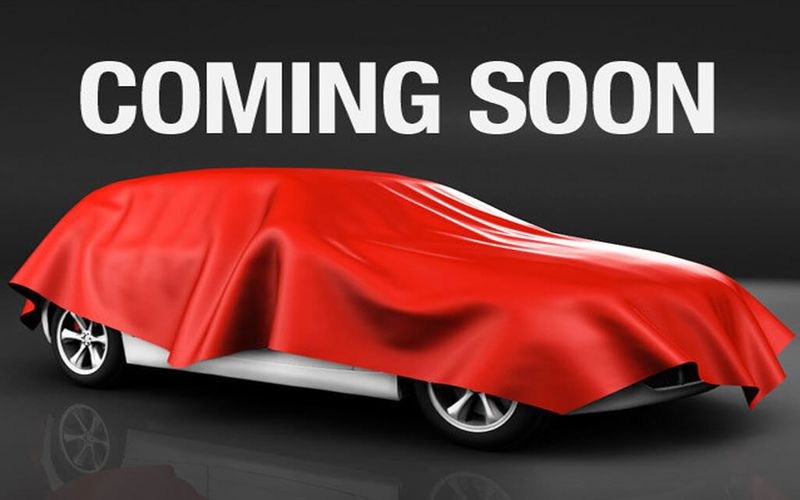



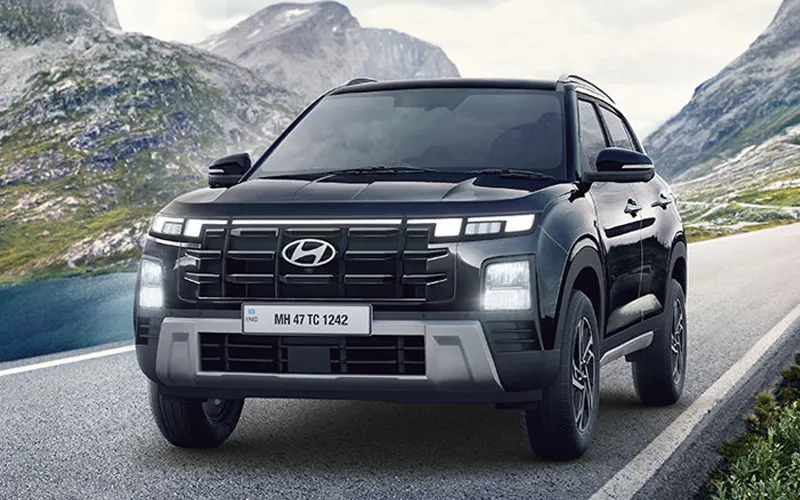
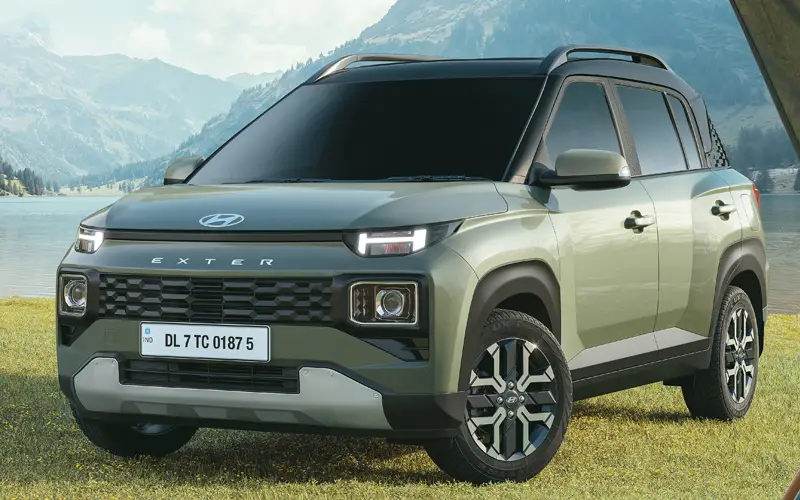
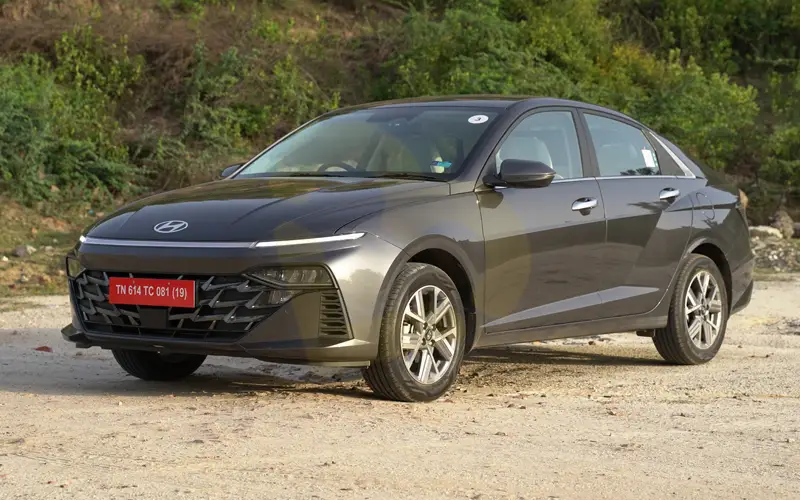
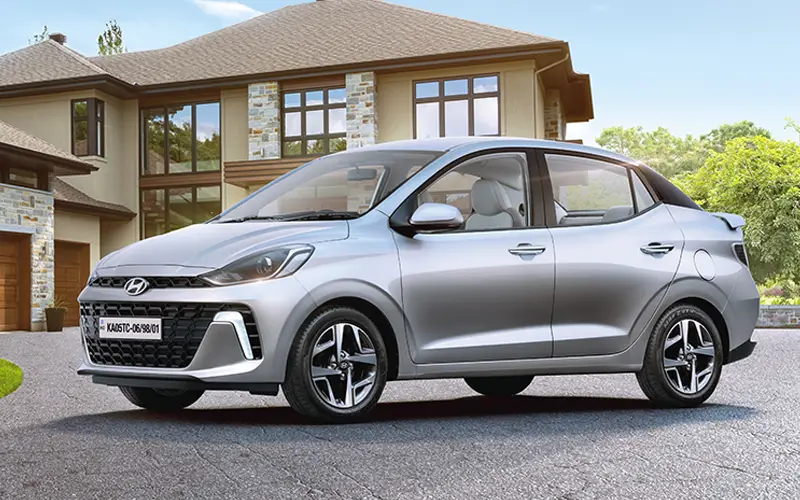
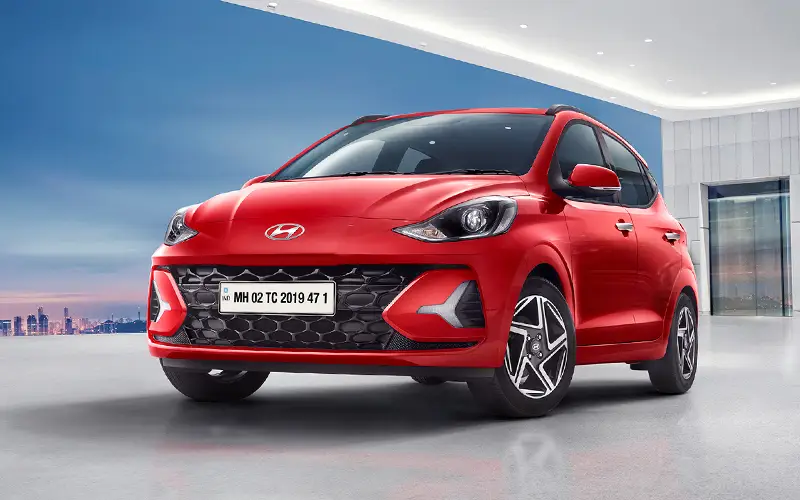
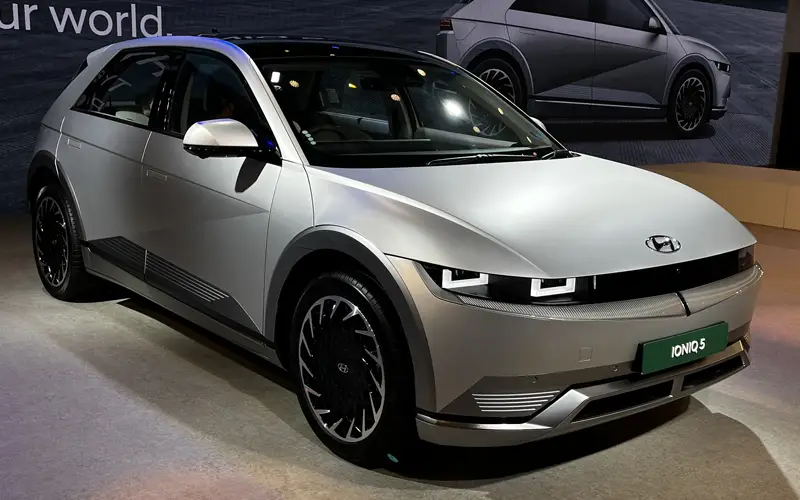
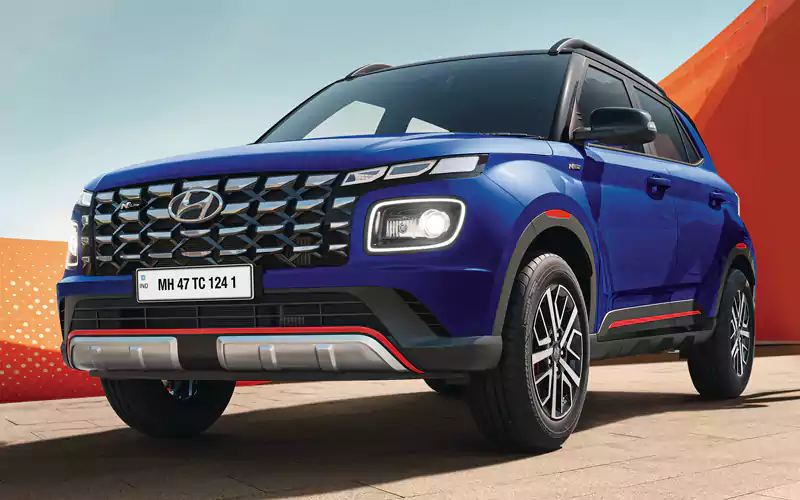
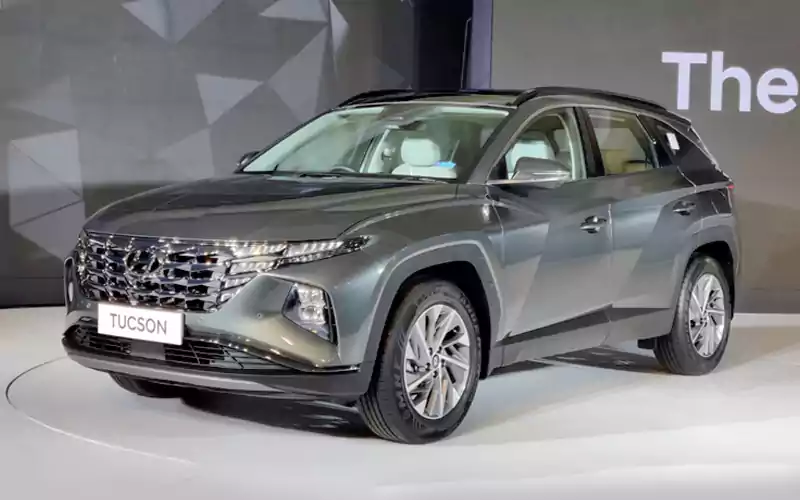
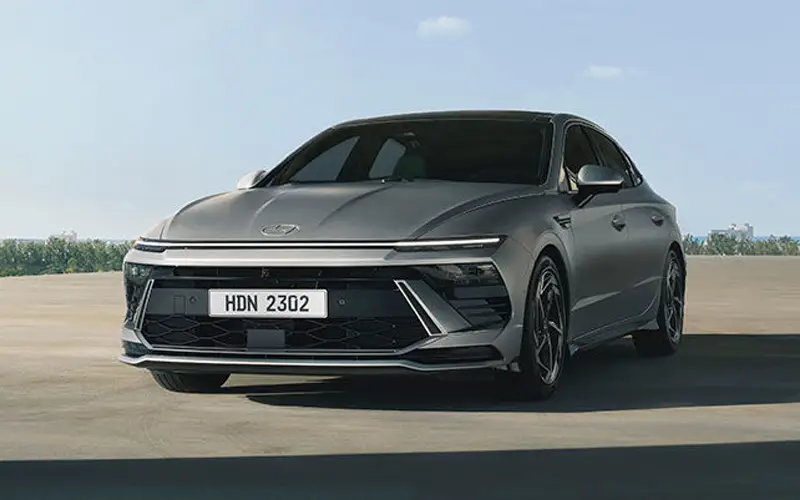


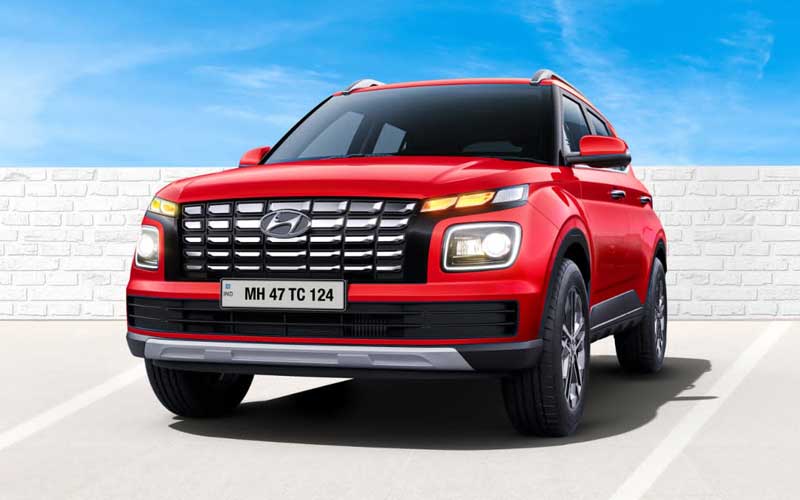
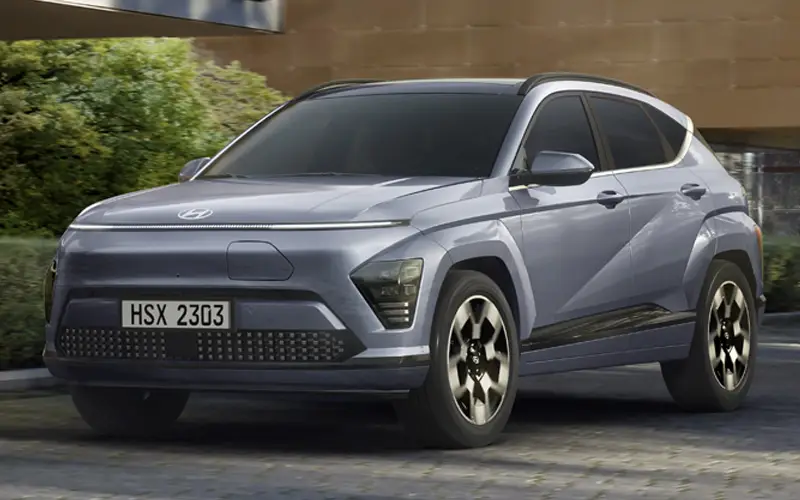
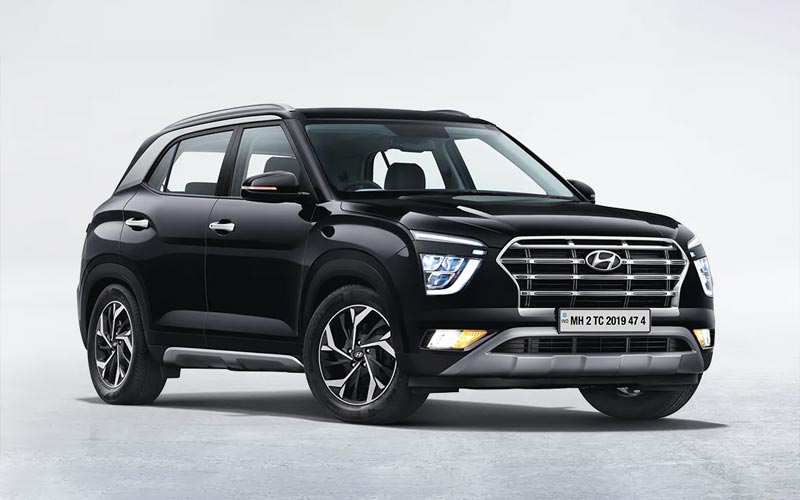
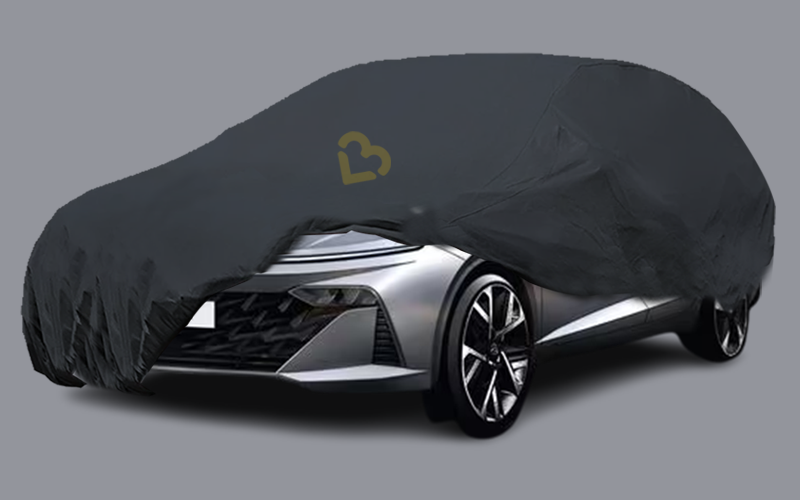
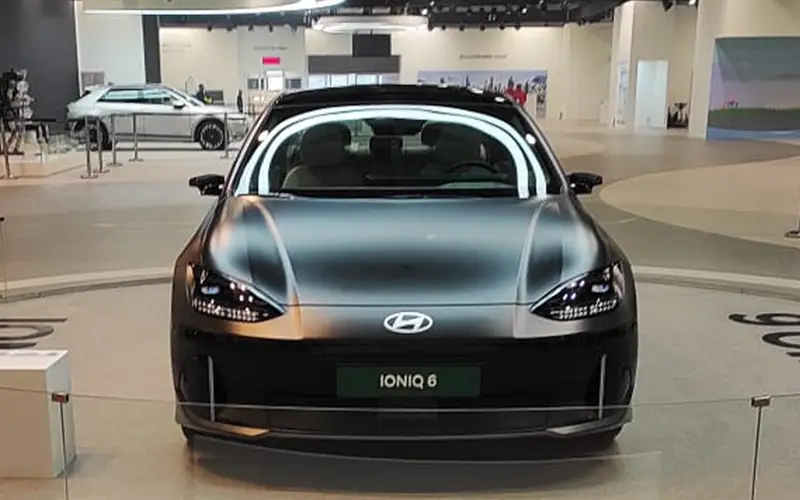
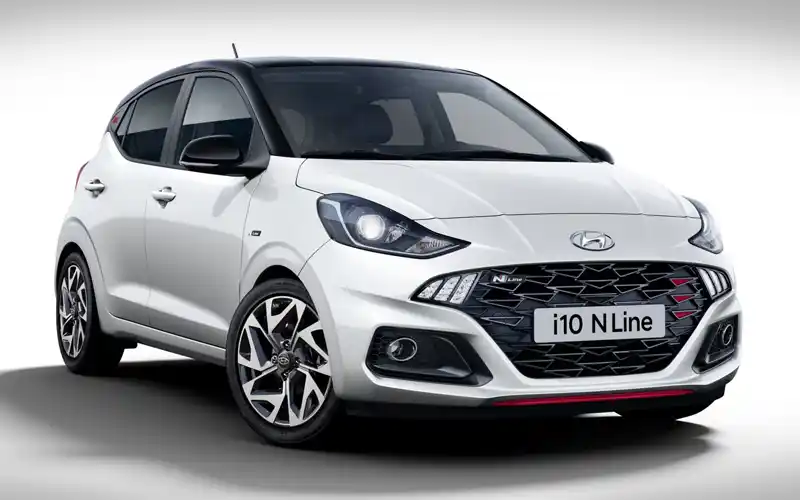

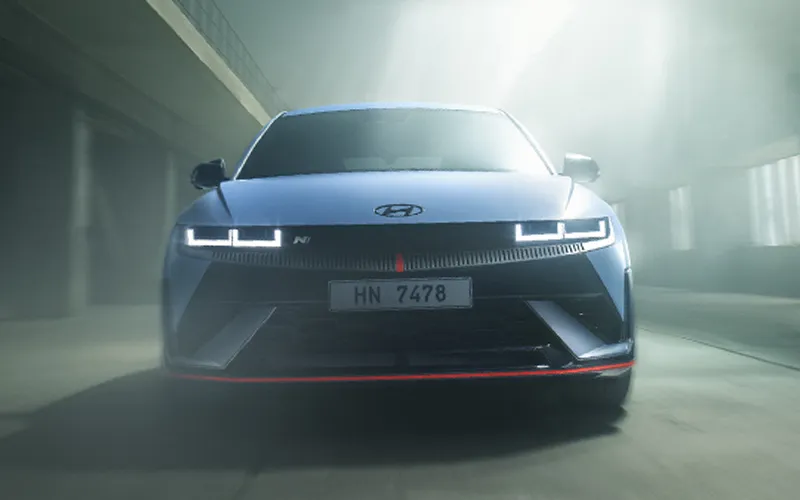
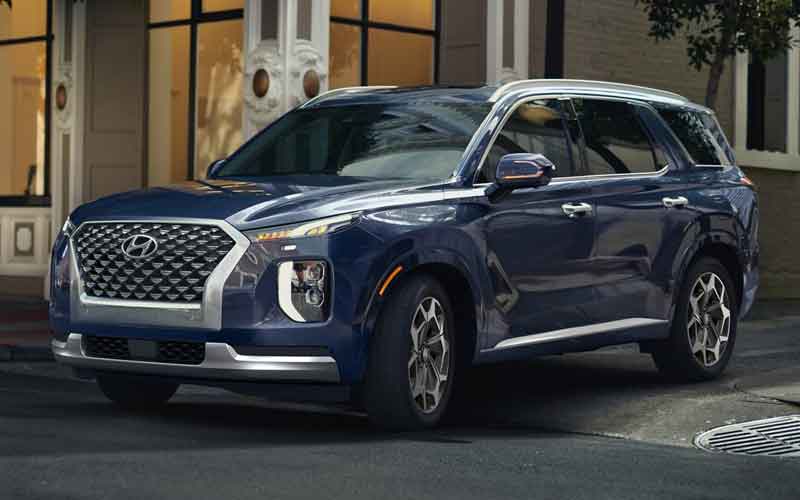
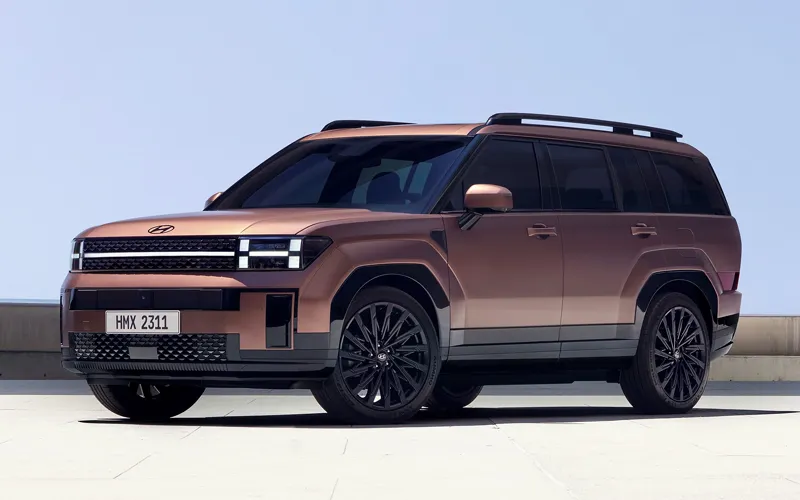
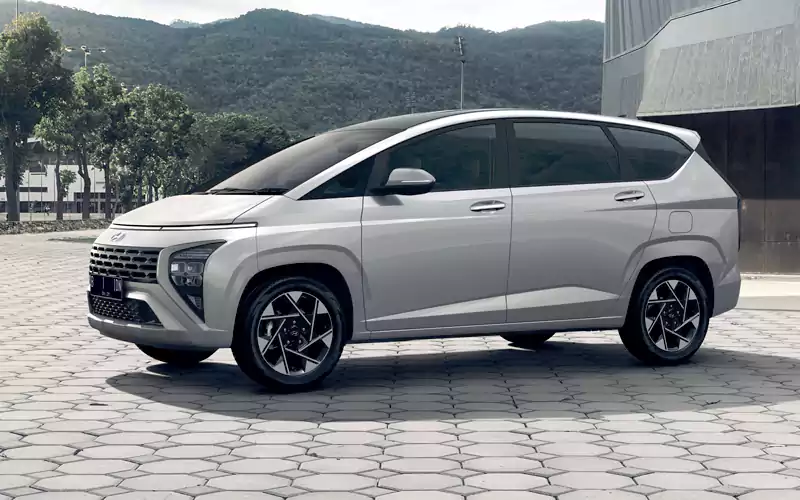
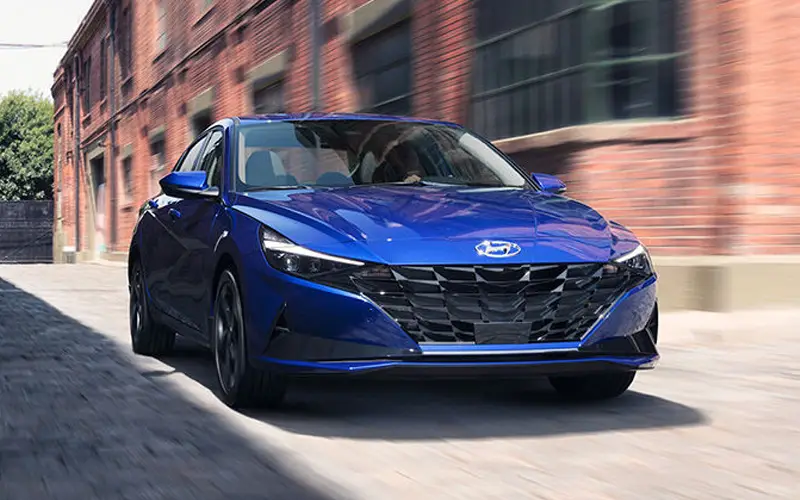










Good article. I have a query I am looking to buy used 2019 fortuner AT petrol By 2026. Today same used model costs around 31-32 lacs. What would be in your opinion the ideal rate to buy then as per inflation and depreciation calc? Keeping in mind it’s very well maintained with all documented service history and reasonable wear of consumables.